NEWS > 22 July 2024
As the beauty industry moves toward a circular economy model, we see innovations and collaborations advancing environmental sustainability that involve every type of stakeholder along the value chain—as well as innovations and collaborations beyond the classical linear value chain that help close the loop by involving end consumers, waste management industries, and more.
Our journey to a circular beauty economy is happening incrementally, one step at a time. But with so many stakeholders helping make that journey, change is happening at a steady pace. We see, for example, consumer behaviour shifting with the help of brands like RIES.
This US-based brand, founded by Megan Graham, doesn’t sell product per se but rather makes reusable airless-pump travel bottles, which are helping acclimate consumers to the gestures and routines of refilling, and to the durability, functionality, and design of containers that can withstand use after use after use. RIES bottles are meant for hair care, hair styling and treatment products, skincare, body care, sun care, and more. Brands like this are changing consumer expectations.
Beauty packaging suppliers are innovating in similar ways. In our recent interview, Vivien Charrey, General Manager of Berlin Packaging | Premi Industries, told me about that company’s Airglass Refill & Go and Airglass Slim Refill & Go solutions, which “combine the safety of an airless solution with the sustainability of a refill.” These designs (which work well with serums, lotions, creams, and gel formulations) are also “perfect for travellers,” he says, “as they allow consumers to separate the airless plastic bottle from the glass bottle. Thanks to a safety clip that blocks the pump from dispensing, they can take them in total safety, effectively halving the weight of the product transported.”
These designs, with their bottle-into-bottle inserts, might more accurately be described as rechargeable beauty packaging. This is something of a technicality, as both rechargeable and refillable packs are reusable and when designed and manufactured thoughtfully contribute to our sustainability journey. Just for clarification, refillable packaging is commonly understood as a container into which product can be poured directly. And the refill is usually sold in flexible packaging or decanted in-store from a bulk-filling station.
The RIES bottles mentioned above are also helping acquaint consumers with deconstructible and washable packaging, important gestures that can help prepare beauty packaging for recycling or composting.
Milan, Italy – based Berlin Packaging | Premi Industries is one of many companies designing deconstructible packaging. Charrey and his team have seen increased demand for refillable packaging from masstige and prestige fragrance brands in particular. And the company has, in response, created the refillable Infusion Fragrance collection. One feature of the collection is that “the screw neck [design makes it simple] to separate the glass bottle from its accessories, helping the final consumer in their proper disposal,” Charrey tells me.
It’s important to recognize that there is not now, nor will there ever be, one single, ideal sustainable beauty packaging solution. We are not looking for the answer. We are working together to change the ways in which materials are sourced and packaging is designed and produced, how consumers (re)use and discard packaging, and how that packaging is retrieved and repurposed in the next packaging cycle. With that in mind, this article explores select sustainability technologies and considerations in the cosmetic packaging sector.
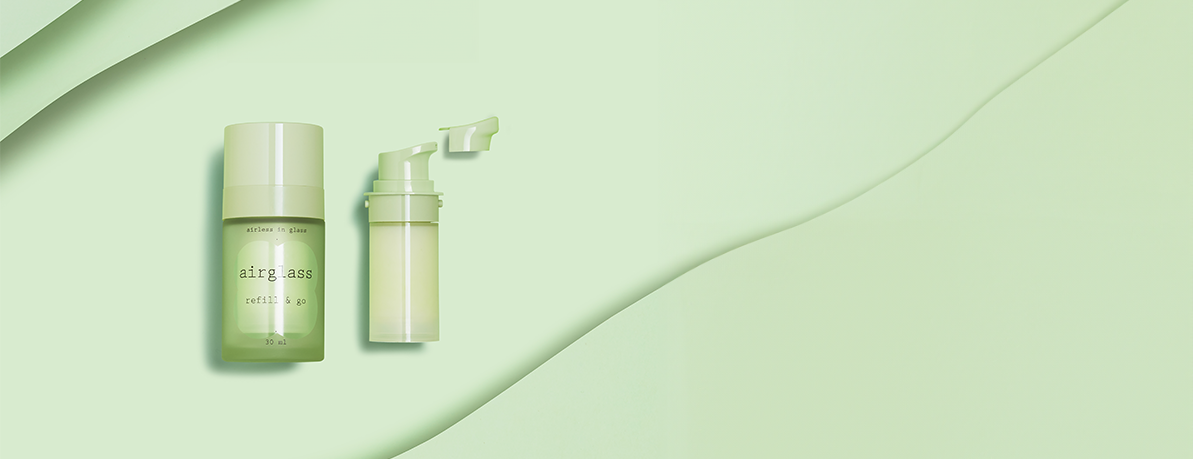
The global climate crisis has inspired governments to impose regulations, non-profits and other organizations to establish certifications, and service providers to develop Life Cycle Assessment (LCA) tools—all with the aim of encouraging innovation and adoption of more environmentally sustainable beauty packaging solutions.
“One of the sustainability goals” at Lumson, a primary packaging manufacturer based in Capergnanica, Italy, “is to build collaboration and partnerships which is fundamental to guarantee our progress,” Group Marketing Manager Fabio Manzoni tells me. And one of the company’s partnerships involves a group known as SPICE or the Sustainable Packaging Initiative for CosmEtics, founded by L’Oréal and the sustainability consultancy Quantis. Lumson helped develop the SPICE LCA tool “as an instrument to conduct environmental impact assessment.” According to the initiative’s site, “The SPICE Tool helps cosmetics and personal care companies embed ecodesign into the packaging development process….[It] makes robust environmental data accessible to packaging designers, empowering them to develop more resilient packaging.” And it’s worth noting that Lumson also “participated in LCA training courses with Politecnico di Milano,” says Manzoni.
Software platforms and tools like Bluebird Climate, founded in 2021 and acquired this April by plastic action platform rePurpose Global, are helping beauty and wellness brands assess product carbon footprint as well as waste footprint. The Bluebird Climate platform promises “rapid, accurate, affordable LCAs that drive retailer compliance, customer engagement on site, and climate programs,” according to their site.
And these are some examples of the regulations that are motivating sustainable packaging innovation in beauty: In early 2020, the French government announced AGEC, the “anti-waste for a circular economy law”, widely considered the world’s first anti-waste law which will fully ban all disposable plastic by 2040 (with incremental requirements every 5 years). By 2025, for instance, select non-recyclable packaging will be prohibited. Also in 2020, Italian Legislative Decree 116/2020 mandated environmental labelling requirements for cosmetics (and all packaging) in an effort to simplify material collection, recycling, reuse, etc. Then, in November of 2022, the EU rule known as PPWR or Packaging and Packaging Waste Regulation was established to standardize packaging regulations across EU Member States, clarify producer responsibilities, establish recyclability timelines, and harmonize labelling requirements regarding packaging materials and more.
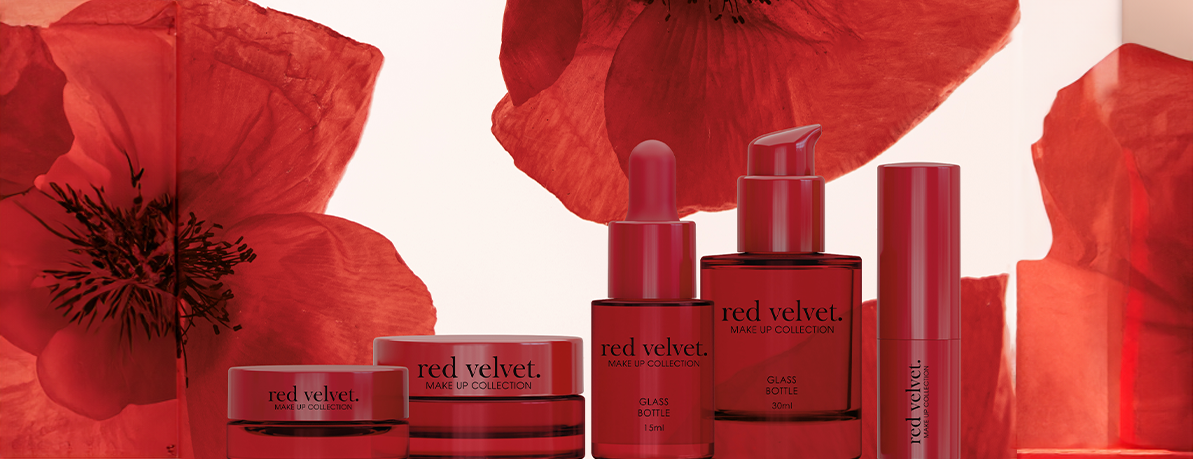
Material collection, waste management, and recycling technologies can all help close the loop. And beauty packaging suppliers are finding ways to commercialize environmental waste removal. Element Beauty Group, for instance, just announced that its carbon-capture tubes will launch to the consumer market in partnership with a brand called Caliray in September. Caliray is a California, US – based brand with a small portfolio of color cosmetics and complexion products, founded in 2022 by Wende Zomnir and Jenna Dover.
In this example, the material being retrieved and reused is carbon that would otherwise be released into the atmosphere. Together with a company called Carbon Upcycling, based in Calgary, Alberta, Canada, Element developed a “powder additive made from sequestrated CO2 and inorganic powder feedstock which gives more strength to the plastic materials; it increases tensile strength, longevity and durability,” according to a press release. The additive “is extending the lifespan of recycled plastics by at least 4 times when mechanically recycled.” And to facilitate recycling, Caliray has teamed up with the PACT Collective, a non-profit that addresses the challenges of beauty product packaging recycling, namely that our industry’s packaging is rarely recycled in the conventional system because it is small and commonly comprised of multiple or flexible materials. Caliray will make use of the organization’s mail back program, which lets consumers send empty packaging to the PACT Collection Facility for recycling.
More commonly environmental waste and packaging material retrieval initiatives involve collecting plastic. For instance, the Better Packaging Co., out of Auckland, New Zealand, retrieves ocean-bound plastic and recycles it into poly mailers, poly bags, and similar ecommerce packaging. The company works with a network of plastic collectors in Southeast Asian communities within 50km (about 31 miles) of a coastline where plastic waste has been abandoned and no waste management infrastructure exists; and their processing partners recycle the plastics into resin.
A primary packaging supplier based in the Gentofte district of Copenhagen, Denmark, called Ocean Waste Plastic (OWP) also turns abandoned plastics into commercially viable packaging. OWP is a subsidiary of Pack Tech, a beauty packaging company founded in 1946. And the venture that actually does the plastic waste retrieval for OWP is another Pack Tech subsidiary called ReSea.
This company has put a great deal of effort in to collection control, blockchain tracking, and documentation of the reclaimed plastics, which come from Jakarta, Indonesia—“one of the most polluted cities in the world, especially when it comes to plastic waste,” according to materials that OWP shared with me at the Comopack trade fair in Bologna, Italy, earlier this year. OWP also takes great care to ensure that the plastics that ReSea collects from rivers and oceans are reused, if not as beauty packaging then as raw materials for other plastic companies. (Waste4Change and SBI facilitate the distribution of any material OWP cannot use.) Cosmetic product packaging made with the OWP raw material can be comprised of 20% to 100% ocean waste plastic, depending on the container shape, color, and required tolerances of a particular packaging component.
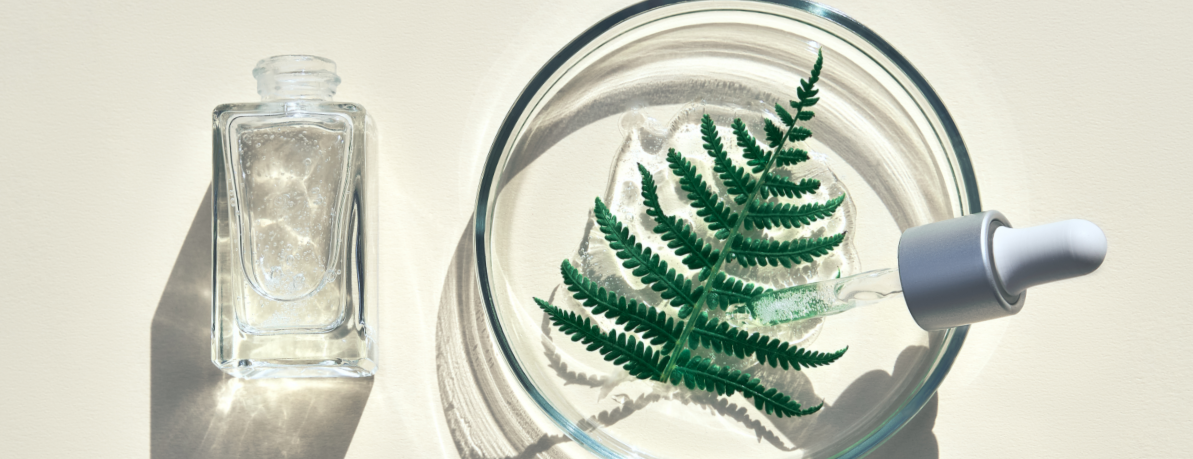
The multinational household goods manufacturer SC Johnson provides one more recent example of how beauty brands and suppliers are commercializing environmental waste removal. The company’s personal care and home care brand method announced in June that now all of its bottles are made with 100% recycled recovered coastal plastic sourced via the social fintech company Plastic Bank, which has headquarters in Vancouver, British Columbia, Canada, and operations in the Philippines, Indonesia, Brazil, Egypt, Thailand, and Cameroon.
Cosmetic industry suppliers are also literally buying into waste management and processing to help close the loop and bring our industry closer to circularity. For example, Zignago Vetro, a company that supplies glass packaging for use in the cosmetics, fragrance, food, and beverage industries, has invested in recycling facilities—also known as cullet treatment plants. (Glass that has been shredded, crushed, or imploded into tiny pieces is called cullet.)
In an interview for an article on supply chain sustainability published earlier this year, Stefano Bortoli, Commercial Director of Cosmetics and Perfumery at Zignago Vetro, told me that company’s objective is to reduce the use of virgin raw materials and at the same time increase the use of recycled glass. “This strategic direction consequently has,” he said, “resulted in a strong use of cullet and investments in cullet treatment plants, specifically: Vetreco S.r.l. in Central-Southern Italy, Vetro Revet S.r.l. in Central Italy, and Julia Vitrum S.p.A. in Northeastern Italy.” Bortoli calls it “a perfect example of circular journey, thanks to a material that is 100% recyclable for an infinite number of times.”
And L’Oréal has invested in the production of bio-sourced monomers and polymers for use in packaging. In 2017, the beauty maker began working with a company called Carbios, which specializes in enzyme-based recycling processes for colored PET plastics. In 2020, L’Oréal invested in the company. Late last year the two companies received a Pioneer Award at the World Alliance Summit for the “successful production of the world’s first food-grade PET plastic bottles produced entirely from enzymatically recycled plastic,” according to a media release. That packaging will be commercialized by the L’Oréal brand Biotherm in 2025. 2025 is also the year when Carbios’ first PET biorecycling facility is scheduled to be operational in Longlaville, a small town near the northern border of France.
Beauty makers are also exploring molecular recycling technologies more broadly. The Estée Lauder Companies, as an example, signed a memorandum of understanding in 2021 with specialty materials maker Eastman to use that company’s molecularly recycled polymers in beauty packaging.
Additionally, technologies that prevent plastics from persisting in the environment have emerged in the cosmetic packaging marketplace. A biotech company called Change Plastic for Good has developed a polymer called BDP® that can be added during the plastic manufacturing process; it’s made of organic compounds and acts as food for microbes. In the event that plastic packaging made with BDP® is not recycled, it will decompose in just a few years leaving no microplastic behind. A couple years ago, the beauty packaging company Wormser Group was offering a line made with BDP®.
And several other companies such as BioSphere in Portland, Oregon, US; Bio-Tec Environmental in Albuquerque, New Mexico, US; and Polymateria in London, England have developed biodegradable plastic technologies.
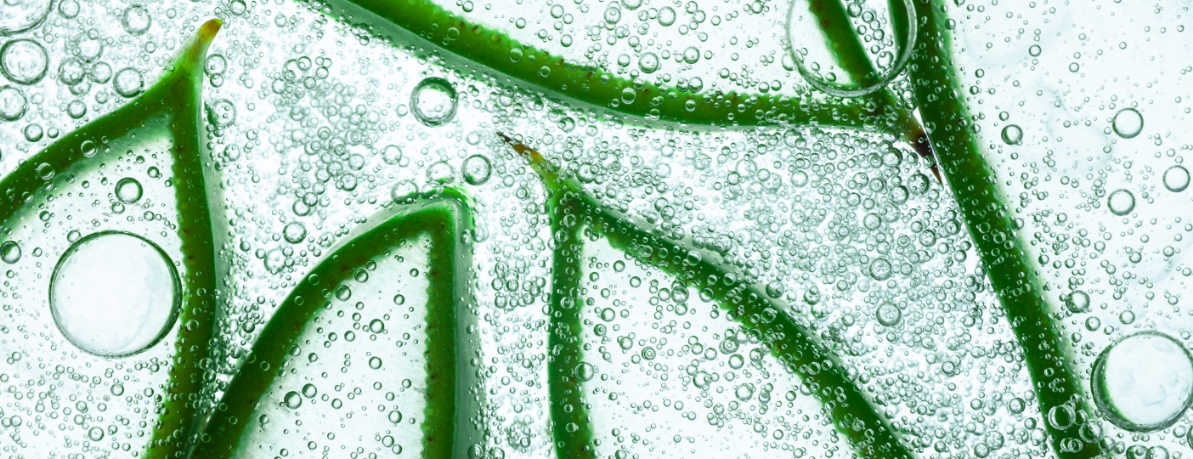
Thoughtfully designed reusable beauty packaging is an important part of our industry’s transition to a circular economy model. And countless suppliers are now offering refillable and rechargeable packaging solutions. Even without being asked directly about refillable packaging, all 3 of the industry leaders I interviewed for this article brought up the topic.
HCT’s President of Sales and Innovation Denis Maurin says that company’s “modern approach to sustainability isn’t one size fits all. Their robust sustainability strategy offers multiple solutions for whatever sustainability problem you are trying to solve; from offering components that are designed for recycling, to utilizing PCR and bio-based material, to refillable components.”
Fabio Manzoni of Lumson, says customers’ “interest certainly has showed not just towards airless systems but also towards refillable and eco-friendly solutions. Refill systems,” he says, “have become an increasingly and significant part of the Lumson portfolio, both as topic and solutions offered. The refillable jars line is increasing, and new solutions will come soon.”
And Vivien Charrey of Berlin Packaging | Premi Industries had a lot to say about refillable fragrance, skincare, and color cosmetics packaging. “A strong focus on recycled, recyclable materials and refillable solutions is undoubtedly at the heart of packaging trends right now,” according to Charrey. “To address this need,” he says, “we have invested in refillable solutions, proposing packaging with high aesthetic and functional characteristics.”
As you might expect, many exhibiting supplies, including Lumson and Berlin Packaging | Premi Industries, featured refillable solutions at Cosmoprof Worldwide Bologna earlier this year.
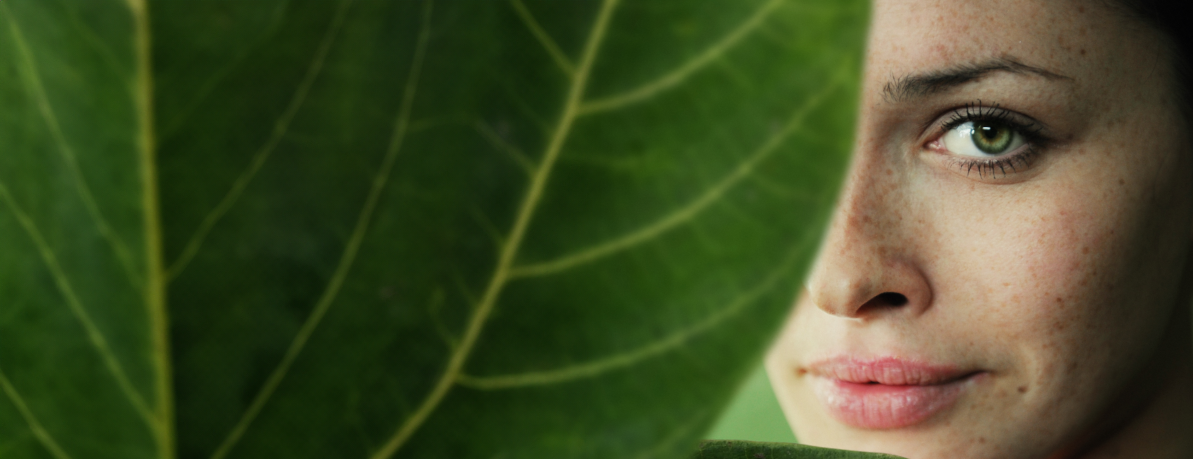
Our journey to a circular beauty economy is happening incrementally, one step at a time. And at this year’s Cosmoprof Worldwide trade show, attendees discovered some of the latest steps forward.
HCT, Lumson, and Berlin Packaging | Premi Industries were among the more than 3,000 exhibitors at Cosmoprof Worldwide Bologna this year. And of course, each of these companies had their stands in the Cosmopack section of the show—that’s where you’ll find not only packaging suppliers but also ingredient companies, contract manufacturers, machinery specialists, automation experts, and an array of supply-side service providers.
Attendees come to Cosmopack from around the world for many reasons, including discovery, inspiration, and relationship building. Here’s what visitors discovered at each of the HCT, Lumson, and Berlin Packaging | Premi Industries stands this year.
For HCT, this year’s event was a launch platform for a new service catering to emerging brands looking for recyclable packaging solutions and short lead times: “HCT announced their Speed Line program that helps small brands launch quickly with packaging that is designed for recycling,” according to Maurin.
Packaging offered as part of the Speed Line program is monomaterial PET; and deco options are limited to silkscreen, hot stamping, inkjet printing, and a proprietary tech called Inboss. Minimum order quantities (MOQs) are low, ranging from 2,500 – 25,000 pieces. And orders can ship in as little as 3 weeks after a brand approves samples.
Beyond this new offering, “HCT’s booth displayed their stock tool library, turnkey solutions, and sustainable packaging across all categories.”
Lumson has the capacity to produce 50 million lipsticks each year; and the company is rightly proud of its longtime collaborative partnership with L’Oréal Paris. Lumson produces the iconic Color Riche line of lipsticks for L’Oréal. So when this company shows a new lipstick collection, the industry takes notice.
Among the launches Lumson showed at Cosmopack this year was its new Into The Cosmos lipstick collection. The collection is a reinterpretation of select classic lipstick styles, according to a press release the company shared with me. “Into The Cosmos invites you on a journey into space, a world partly known and partly unexplored, but always able to amaze and create wonder and marvel. The collection is embellished with shades of color reminiscent of the Milky Way: from deep glittery hues similar to those of the midnight sky to cosmic sand that comes alive in both color and to the touch….Other lipsticks [in the collection] are characterized by silver finishes that evoke lunar rocks and extremely bright, fluorescent colors reminiscent of a supernova explosion.”
Lumson also launched its Divine packaging capsule collection for color cosmetics, comprising textured bottles, jars, and a lip gloss pack, all with nude undertones and “a delicate allure and the effect of being encompassed in a soft light,” according to the release. The company’s new Red Velvet capsule collection features two glass bottles and two glass jars in “sensual shades of red.” They also showed Essential, a new collection of aluminum atmospheric bottles for use with cream pumps as well as sprays.
And as you read earlier, Lumson is designing refillable beauty packaging too. At this year’s Cosmopack, the company also showed the Slim Rechargeable Jar. This design is a refillable 50ml glass jar and can be made in 25% PCR glass. The jar has a mono-material cover, making recycling easier. With this design, Lumson showcases “the theme of sustainability…embracing the concepts of Re-Think (packaging is reconceptualized with an emphasis on eco-friendly design), Re-Gen (a second life is given to the glass jar), and Re-Act (the consumer is an active part of the recycling process).”
Berlin Packaging | Premi Industries highlighted refillables as well. “At Cosmopack 2024, we expanded our sustainable prestige product range for fragrance, skincare, and makeup markets,” says Charrey, who went on to share these 3 examples: “We presented Euphoria, a collection of elegant glass perfumery refillable bottles. Its neck 15/415 refill models match with our Refill Twist cap to offer to the final consumer the possibility to easily and safely refill bottles once the perfume is finished. It is possible to customize Euphoria with different glass decorations and with accessories that add character to the packaging, such as the new Kopoy and Sopoy [cap or accessories collections].” And the pump that coordinates with the Euphoria bottles is designed to accommodate as many as 25 refillings.
“Moreover, we presented the range extension of Berlin Packaging | Premi Industries’ iconic Luxe collection with a new refillable glass jar: Luxe 50 ml Refill. This packaging was designed to allow consumers to reuse the outer glass jar and its accessories, thanks to the glass mouth’s design that houses a mono-material PP Refill Cup that is easy to replace with a new one,” according to Charrey.
And for the “extra-premium skincare and makeup segments, there is Double Glass Refill & Go, the new refillable glass packaging available in 15 and 30-ml sizes.” This glass-in-glass design is noteworthy for not only its aesthetics and tactile appeal but also because the design allow for the glass refill ampule to also be used as a standalone travel version of the same product. Charrey describes it as “a new connotation in terms both of experience and loyalty by offering a consumer the possibility to carry around the product’s heart, glass ampoule, and its pump, but also to refill the product quickly and intuitively.”
And all that is only a tiny selection of the inspiring and innovative packaging for cosmetics, fragrance, and personal care products that was to be found at Cosmpack earlier this year.
Cosmoprof Worldwide Bologna (and Cosmopack) returns to Italy in March 2025. In the meantime discover Cosmoprof trade shows around the world: in Las Vegas (23-25 July, 2024); in Hong Kong (12-15 November, 2024); in Mumbai (5-7 December); and in Miami (21-23 January, 2025).
Author: Deanna Utroske
In collaboration with:
![]()
